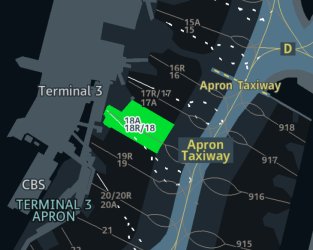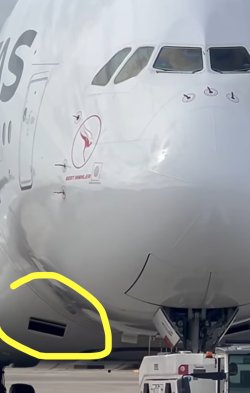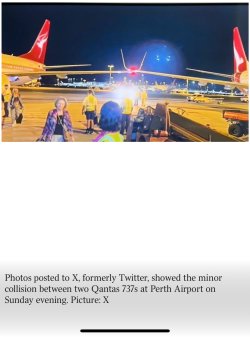jb747
Enthusiast
- Joined
- Mar 9, 2010
- Posts
- 13,490
It’s worth noting that the camera isn’t necessarily to keep the nose wheel on the line. Sometimes the lines have arcs to allow for the turn geometry of (some) aircraft, but just as often they’re simply centreline markings, so you have to judge just where to put the nose gear yourself. Even on the biggest jets, it’s quite simple to stay on the centreline, even without a camera.Does the 737 have a camera beneath the fuselage to help the crew keep the nose wheel on the line like some of the larger types?
As for this incident, I think AV has hit it right on the head. They’ve followed the wrong lead in line, but equally I don’t think they’ve really been watching outside. I don’t know whether you can see the wingtip from the coughpit of the 737, but it should have looked closer than normal, and so should have been checked with the ground. I wouldn’t like to be the one trying to explain it to the boss
Has anyone been able to work out just which bays are involved. Looking at the satellite view and it’s pretty simple…not multiple confusing lines.
Last edited:




















